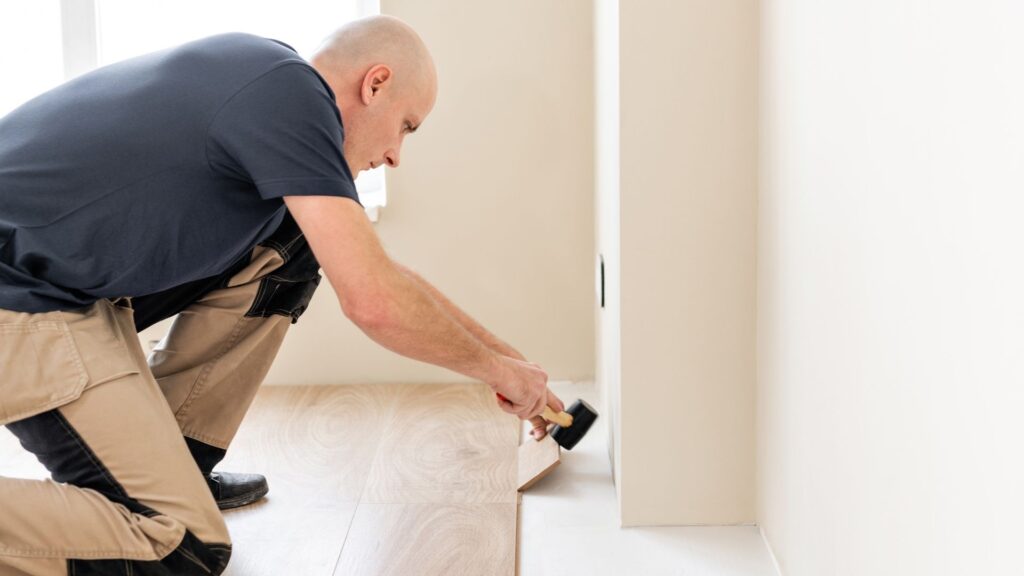
Transform Your Home from Average to Spectacular with Floor Material
Everything from the building’s construction to the paint on the walls to the type of light switches must be carefully considered while designing a space. Among these, selecting suitable flooring can greatly affect the room’s visual appeal. Changing the flooring is the simplest and most cost-efficient approach to give your home a new look. Tile and wood floors are a timeless method to update the look of your house, no matter the design aesthetic you’re going for. Tile flooring’s wide range of materials and styles makes it a practical and affordable way to give every room a distinctive look.
If you’re looking into floor ideas, we can only presume you’ve done your research. You’ve considered every option for replacing your floors. You’ve weighed the benefits and drawbacks. You’ve debated between laminate and hardwood, and you’ve even weighed the advantages of tile vs. wood. If you need help determining which option best meets your needs, you’ve come to the perfect place. In this post, Sirwiss-partnered flooring specialists explore several materials you could use for different places in your home, so keep reading.
Different Types of Flooring
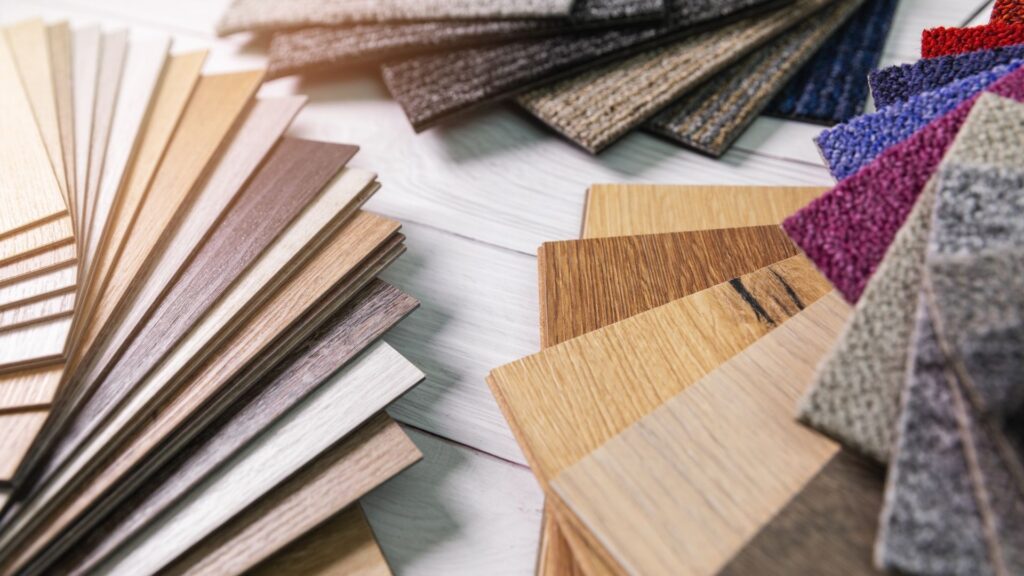
Flooring can make or break a place. Hardwood flooring, for example, is one of the most common choices for a wood floor, but not necessarily as a flooring option to cover with carpet. It depends on the style you want, so it’s critical to look at all the different varieties of flooring options before making a decision.
You should think about the different materials and their advantages and disadvantages before settling on a type that works with your decor. Should you, for instance, have your flooring complement your ceiling beams? You should start by identifying the areas that need updating, and then select a material that works well with the rest of your home, meets your goals, and doesn’t break the bank.
Keep in mind that some rooms will have tiles while others may have hardwood. Kitchens and bathrooms look excellent with tile, but dining rooms and living rooms might benefit from stained wood and a statement rug. The overall feel and style of a room can be affected by the flooring, with materials like vinyl tile creating a more budget-friendly vibe and solid wood flooring lending an air of opulence.
Places Where Flooring Choices are Necessary
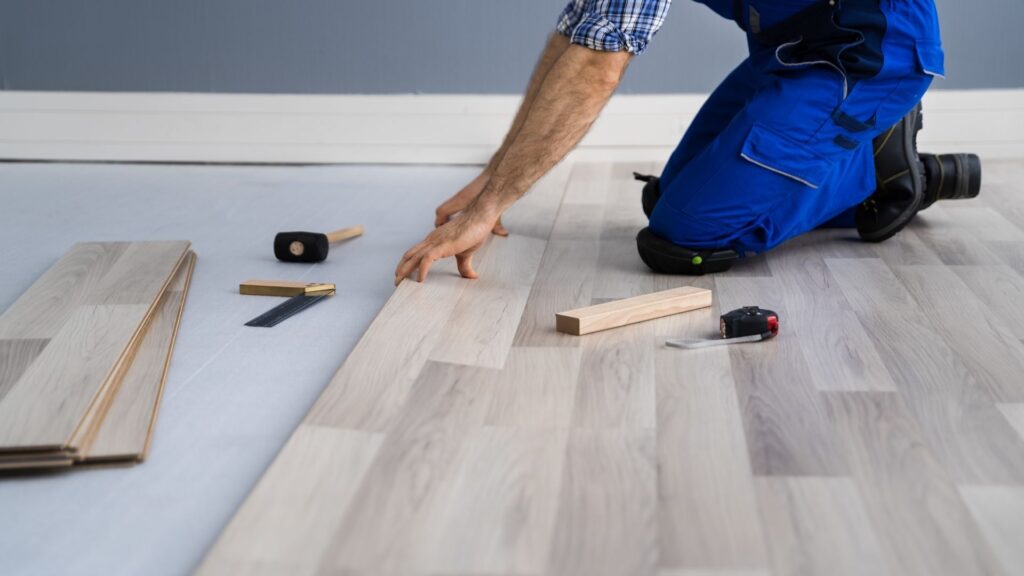
Whether you’re starting from scratch or updating an existing home, the principal rooms in which you want to live will likely have different requirements. As you conduct your homework and make your final decision, there are a few things to bear in mind for each of the three main areas of your home: the kitchen, the bathrooms, and the general living spaces.
1. Kitchens Floors
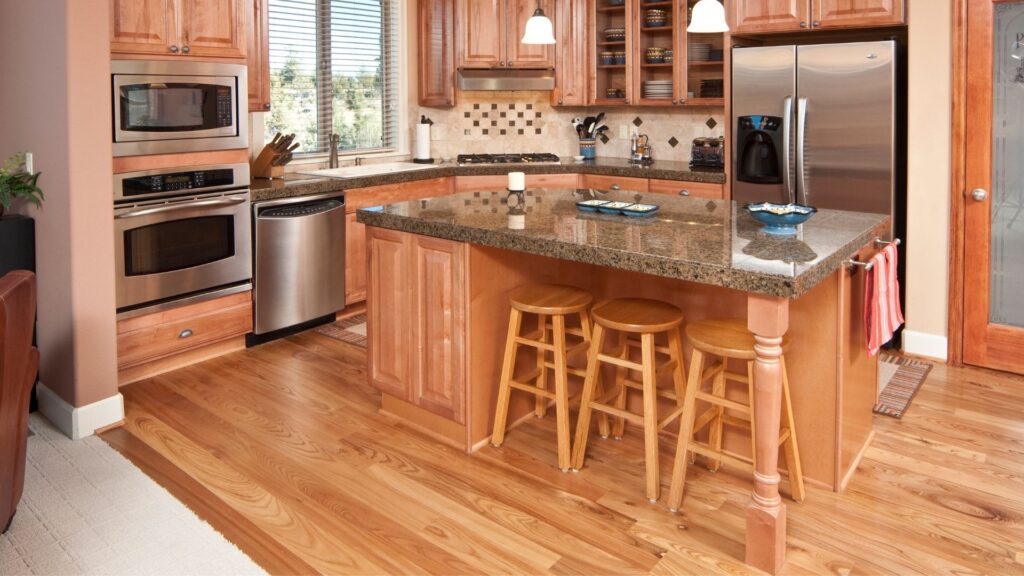
There’s a common belief that the kitchen serves as the hub of the house. A kitchen is more than just a place to cook; it’s also a social hub, especially if it features an island or an open floor plan. It is crucial to select a floor material that can withstand the heavy foot traffic and cleaning and maintenance needs of this area. It’s important to select a surface that is waterproof because there will be several spills. Furthermore, surfaces that become slippery or slick when wet might not be the best fit, especially if you are responsible for youngsters or anyone who is at danger of slipping and falling. Ceramic tile, natural stone, linoleum, and water-resistant wood are all suitable options for the kitchen floor.
2. Bathroom Floors
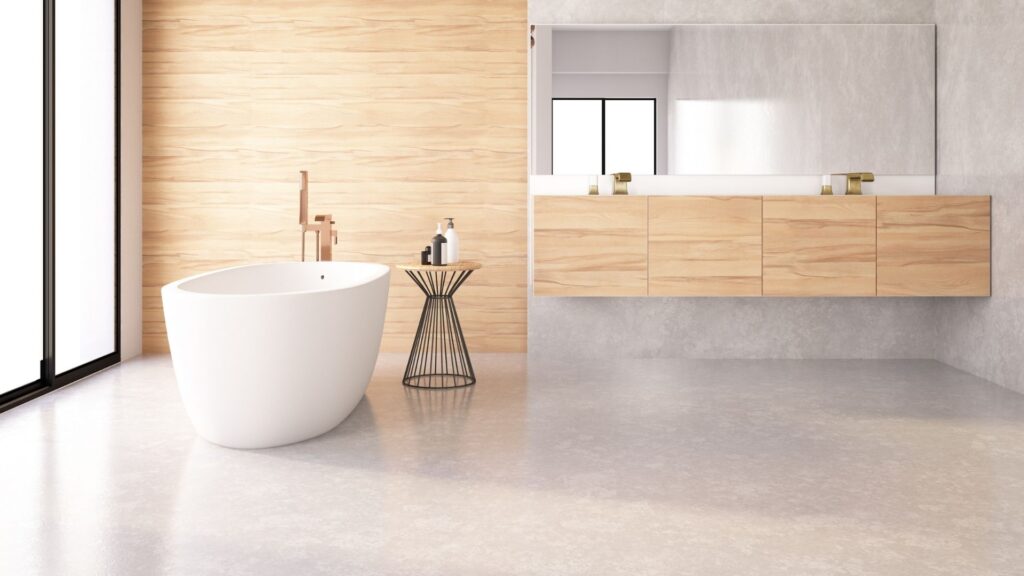
Moisture is an issue in the kitchen, but it is practically inevitable in the bathroom. It’s crucial to pick a material that won’t deteriorate from the constant presence of moisture. Flooring options including marble, ceramic tile, natural stone tiles made of limestone, and other stone flooring options like granite are frequently used in this area. Khloe and Kourtney Kardashian’s 2016 home improvements included stunning new stonework in the sisters’ bathrooms. Vinyl tiles are an acceptable substitute for a lower budget, but they won’t last as long as ceramic or natural stone. However, vinyl may often look cheap, so opt for luxury vinyl tile to create a more expensive impression, or forego the vinyl floor entirely in favor of an ultra-modern concrete one.
3. Living Areas
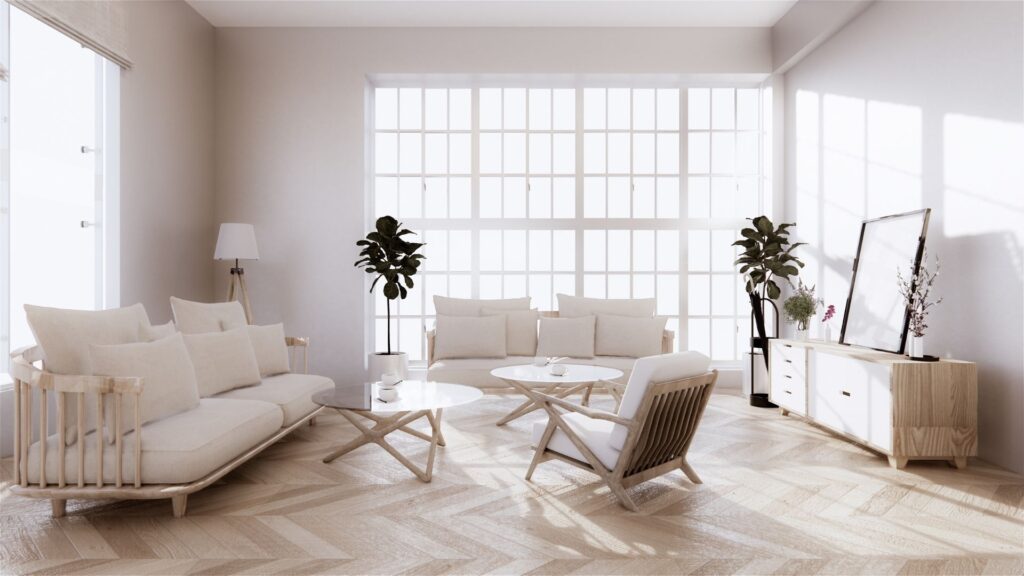
There are countless design options for your home’s public spaces, such as the living room, dining room, and bedrooms. The best option for you is the one that best suits your tastes. Some individuals like the look and long life of hardwood or stone tile floors, and they supplement them with area rugs for comfort and visual variety. Still others want the conventional comfort of carpeted floors. Finding out what you can afford and browsing online swatches to see what kinds of designs, colors, and materials you like will help you narrow down your choices.
Different Types of Flooring
There are dozens of different kinds, although some are more popular in today’s houses. You may still need to make some supplementary aesthetic decisions in each of these areas. It may still be essential to select details, such as the material for a wooden or stone floor, or the paint, stain, and pattern for a wall. Let’s evaluate the most well-liked alternatives and weigh their benefits and drawbacks.
1. Hardwood Floor
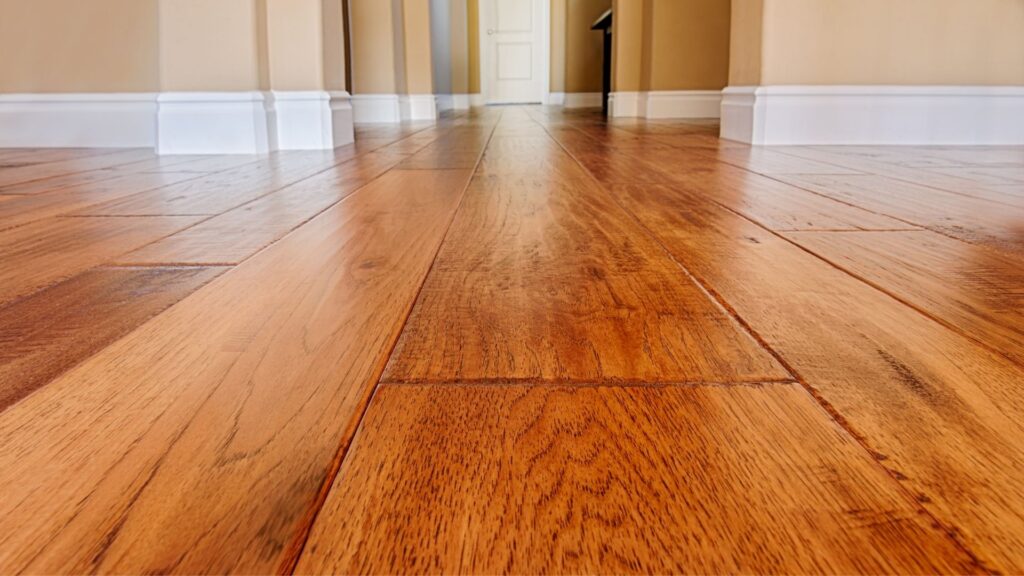
Single planks of hardwood flooring are milled from a single tree. Oak, cherry, and walnut floors are the most frequent, but there are many other solid wood flooring options available. Planks are typically 3/4 inch thick, although width varies. Most stores will label a plank with a width between 3 and 5 inches as medium or standard. Wide planks, which can range in width from 5 to 10 inches, are also quite popular and look lovely in most rooms of the house.
Hardwood floors come finished in one of two ways.
- Pre-finished wood will already have the finish applied before you install the planks.
- Unfinished hardwood will need to be sanded down and finished so that it is both shiny and moisture-resistant after installation.
There is a wide range in the hardness of solid hardwood floors because of the wide variety of wood species used to construct them. It is crucial to match the wood species to the expected quantity of foot movement in the area to avoid premature floor damage. The most common types of wood and their respective hardness ratings on the Janka scale can be used to determine which type of wood is most suited for a given application around the house.
2. Engineered Wood Flooring
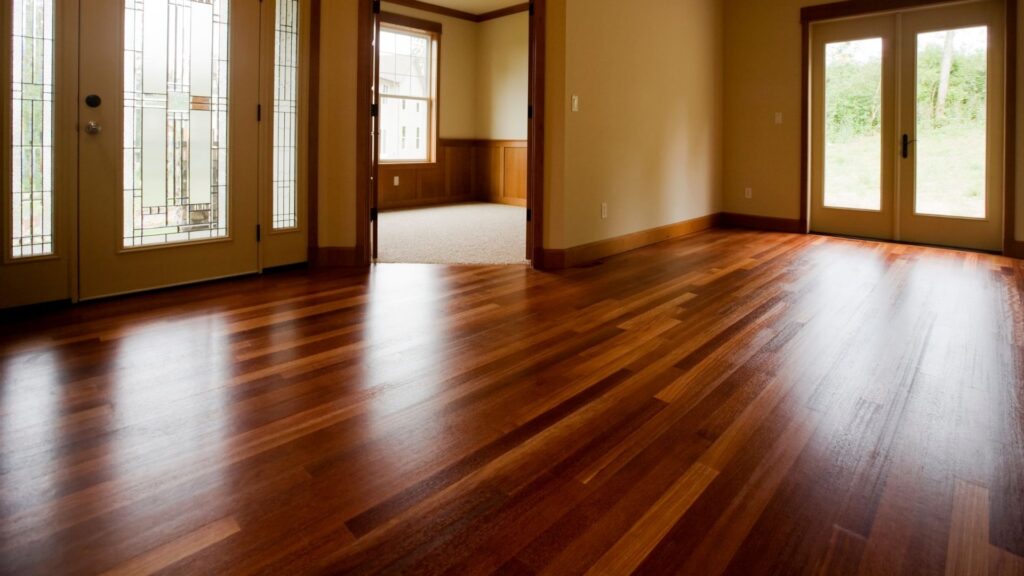
When compared to genuine hardwood, engineered hardwood is a more cost-effective option. They appear like solid hardwood but are more moisture-resistant because they are made by gluing together multiple layers of ply plank that run in opposite directions. If you live in a humid place, like a basement, and are worried about real hardwood warping, engineered hardwood is a great alternative. In addition, those who have their hearts set on plank flooring can sometimes save money by going with engineered hardwood since it is made from less expensive solid wood. The thin top veneer of engineered wood prevents it from being sanded down and refinished as often as solid hardwood floors can. However, engineered wood floors can be treated with the same high-quality coatings as solid hardwood, significantly increasing their durability.
3. Bamboo Flooring
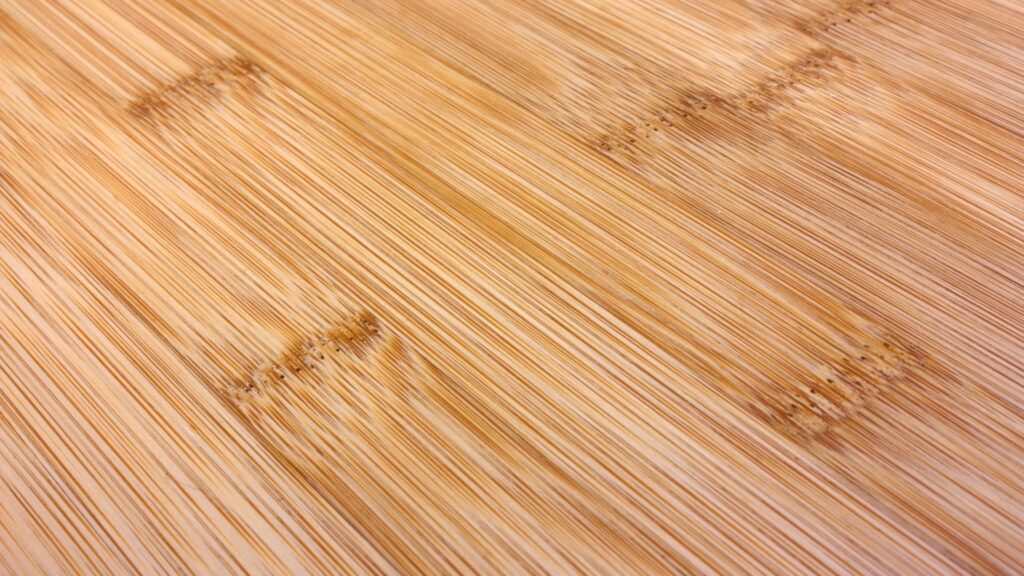
Most manufacturers consider bamboo flooring to be in a category all its own, even though it is technically a type of hardwood. The sustainable alternative is an eco-friendly building material with the same toughness as oak. Natural bamboo flooring has a very light wood color, but it can be processed to achieve a deeper finish and a look similar to other stained-wood alternatives. The majority of the world’s bamboo hardwood is crafted from Chinese-imported Moso bamboo. Although they appear to be trees, these plants are actually members of the grass family and can reach heights of 70 feet or more in only 60 days.
The eco-friendly plant may survive without any added water, pesticides, or herbicides. Unlike other hardwoods, which might take 20 years or more to reach maturity, supply can be quickly renewed with this material. In addition, growing additional bamboo doesn’t require time-consuming and expensive replanting because it’s a grass and not a tree. Rapid regrowth and decreased soil erosion are benefits of this plant’s rhizome-based method of seed germination.
4. Laminate Flooring
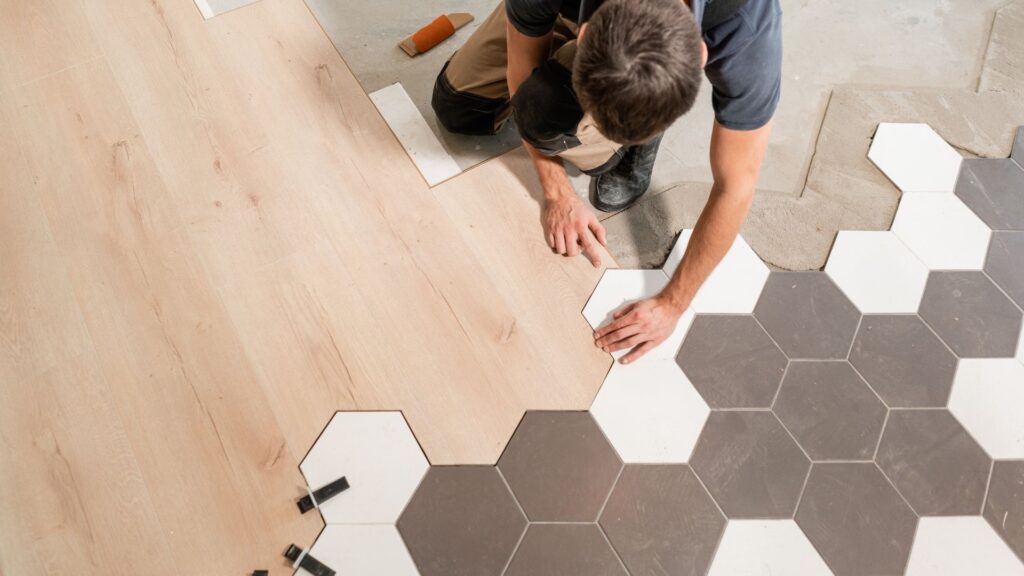
Laminate flooring might be a great compromise if you want the luxurious look of hardwood but can’t quite afford it. You get stable and long-lasting slats thanks to a completed and sealed top layer that is installed above layers of plywood or compressed fiber, much like in engineered wood floors. Laminate flooring differs from real wood flooring in that its top layer is not made of wood. Instead, the surface is a photograph of a realistic-looking material, such as wood, stone, ceramic tile, or stained concrete.
5. Linoleum Flooring
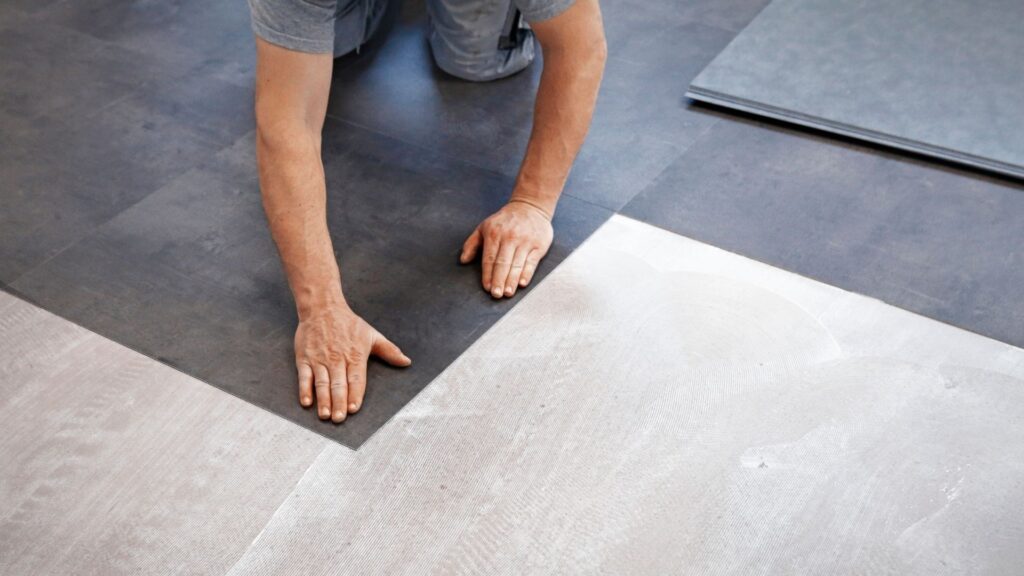
Linoleum flooring conjure images of sleek 1970s kitchens in the minds of most people. Thankfully, the option has progressed significantly since then, and now there are several appealing alternatives to consider. Linoleum is considered eco-friendly since it is made from renewable, biodegradable resources such as linseed oil and cork. It is applied to the floor by gluing down individual sheets. Mineral pigments used to generate the sheets’ rich colors and patterns can be coated with a protective coating to make them stain- and wear-resistant. Longevity is possible with linoleum if it has this coating. To maintain the floor’s appearance without it, you should expect to refinish it every two years.
6. Cork Flooring
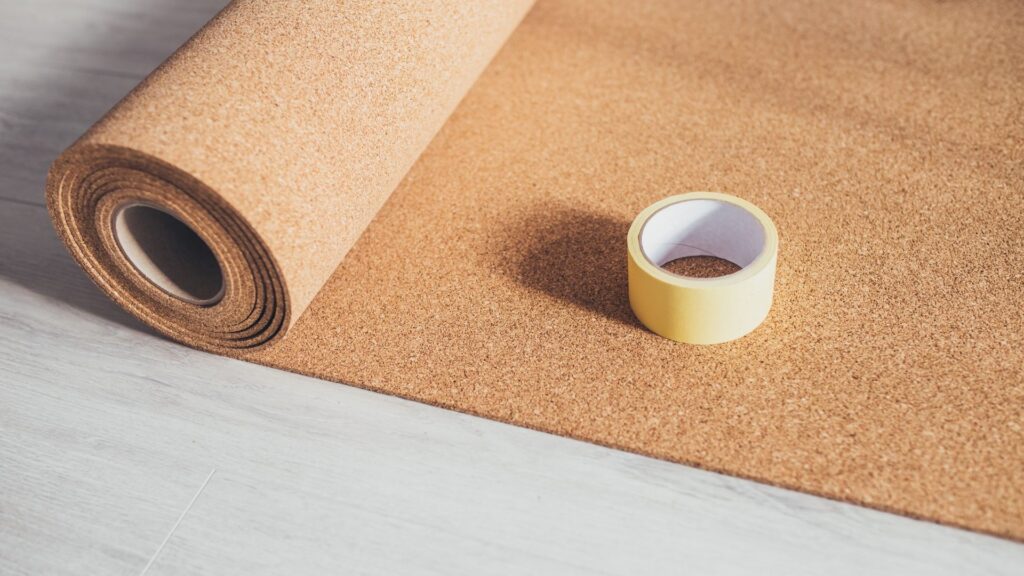
If you’re searching for an eco-friendly flooring alternative, cork is another viable choice. The bark of living trees is used to make the product. The bark peels back every eight to ten years, ready to be used again as cork flooring. It has the same welcoming aspect as wood but with distinctive grain patterns that can include specks and swirls. It comes in both tiles and planks, and its construction is similar to that of laminate flooring in that the top layer is attached to a stable core material. Floors made of cork should be resealed every three to five years to prevent moisture damage and stains, even though most cork goods will already be pre-finished. Polyurethane and wax are the most typical sealants used.
7. Ceramic Tiles
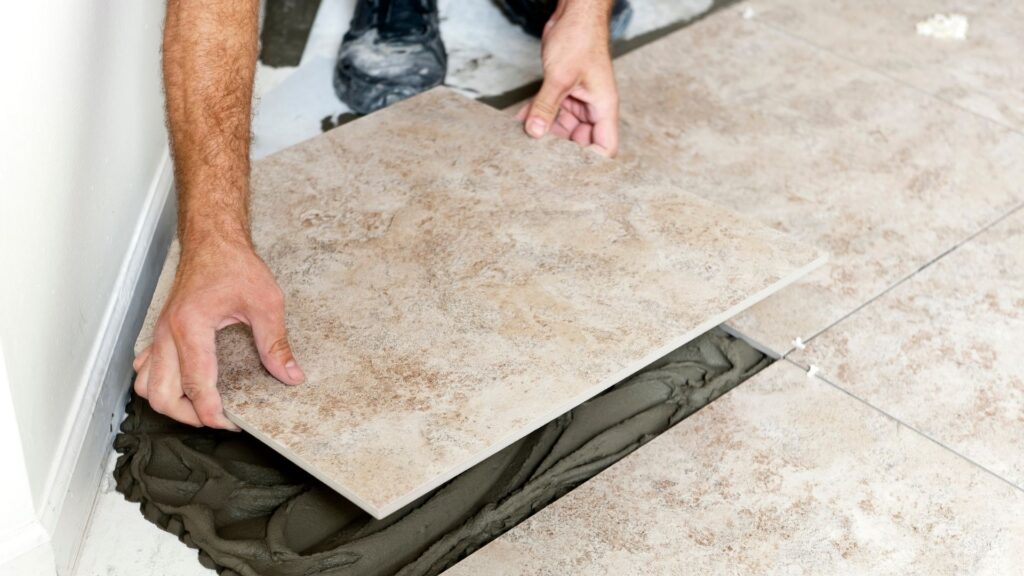
Ceramic tile flooring is quite adaptable. Its wide range of tones, materials, forms, and dimensions makes it a versatile decorating tool. The tiles are manufactured by blending clay with shale and then burning the resulting ceramic in a kiln to harden it. Color options for ceramic tile are provided by the addition of pigments to the composition. You should only use tiles that are designed to withstand foot movement on floors. To further ensure the security of your house, it is recommended that you look for alternatives that feature anti-slip coatings and conform to the ADA’s slip-resistance criteria.
8. Stone
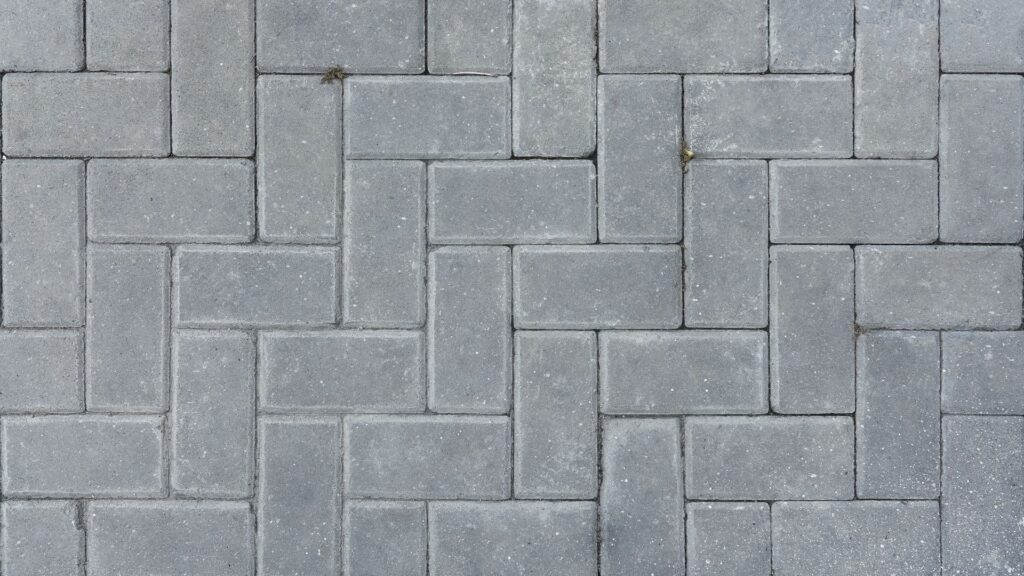
Stone flooring is one of the most expensive alternatives available. This high-end alternative makes any room feel more sumptuous. Stones like marble, travertine, ledger, granite, slate, and limestone are used to create beautiful floor tiles. Sandstone, on the other hand, is not as durable as granite or marble and will easily stain if exposed to water. To keep their gorgeous appearance, you should seal and finish your softer stones every few years, and your tougher stones every four to five years.
9. Vinyl Flooring
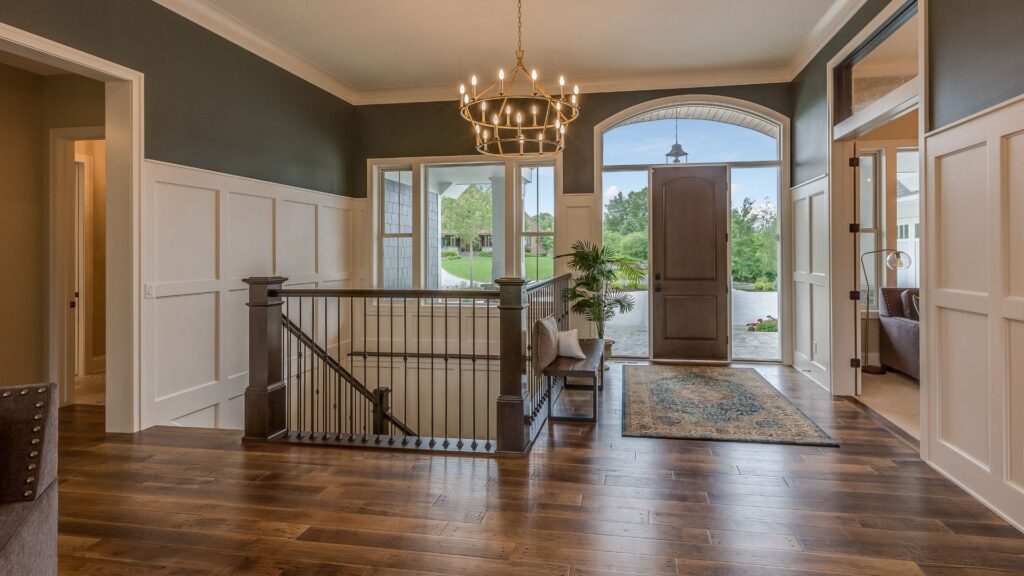
Vinyl flooring (in any of its many forms, including tiles, planks, and sheets) is widely recognized for its durability. Vinyl flooring is cushioned and flexible, and it lasts a long time without needing to be replaced or repaired. The most reasonably priced choice, they come in a wide range of designs and hues, from simple patterns to vibrant mosaics. If you invest in high-quality vinyl, though, you may get a sophisticated aesthetic. Luxury vinyl flooring is more expensive than other flooring options, but it looks more nicer and is probably more durable as well. If you want your floor covering to appear and feel just like wood, you can even choose luxury vinyl plank. Vinyl flooring is typically priced according to tile thickness since its construction involves adhering the top wear layer to layers of felt and foam. Most manufacturers will provide a warranty with the purchase, and the top wear layer is resistant to scratches and stains. The best tiles will have a guaranteed lifespan of 15 years.
10. Polished Concrete
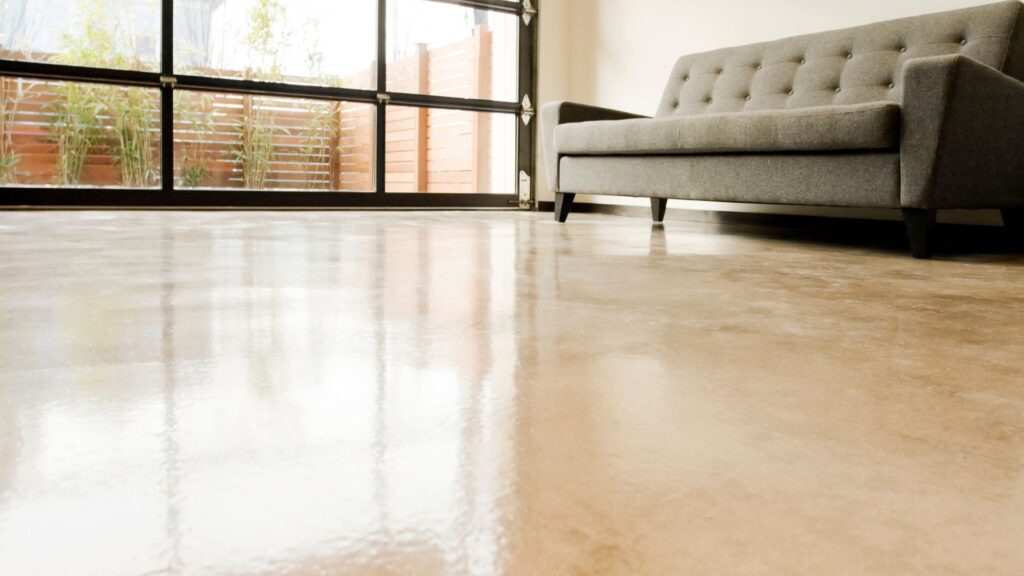
Flooring made of polished concrete is a new style popular in contemporary homes. Before polishing, some people would even add color to the floor by using stains or dyes.
Best Flooring Options for Various Rooms
Picking out new flooring for a house is an exciting project. Different styles, colors, and textures can breathe new life into a space and give it its own unique character.
1. Bedrooms
The bedroom’s flooring should be soft underfoot, aesthetically pleasing, a good match for the rest of the room, and long-lasting. Plush and inexpensive, carpeting keeps feet toasty, reduces noise, and keeps a bedroom at a comfortable temperature. Wood flooring is an excellent choice since it complements the natural beauty and warmth of any design scheme. Flooring made of oak, maple, or walnut is a great choice for bedrooms. In contrast to the formality of a strip, the laid-back style of a plank highlights its wearer. Laminate flooring is encased in plastic to prevent damage, but it is really only a photograph of real wood. Among the many benefits of laminate flooring in the bedroom is its adaptability to various design schemes.
2. Living Room
The living room floor must be sturdy due to the high foot traffic it receives. It must also be soft and warm to the touch. The living room floor should also be low-maintenance and simple to clean. Because of its longevity, vinyl has become a popular choice as a living room floor covering. It is also produced in an infinite variety of colors and patterns. Vinyl flooring is also less expensive than alternatives such as ceramic tiles, natural stone, and solid wood. The wood flooring in the living room gives the space a classic feel and adds a touch of nature. In addition to being more pleasant to walk on than cold ceramic or porcelain tiles, it also retains heat, making it ideal for colder climates.
3. Kitchen
You should select a sturdy floor for the kitchen because it sees a lot of action. as well as watertight. Daily activities such as cooking, storing, and eating take place in the kitchen. Luxury and durability both come together in hardwood, making it the best option for a kitchen’s flooring. A solid hardwood floor is a great investment since it provides warmth, beauty, resistance to water, and longevity. Since it is not watertight, it must be paired with a water-resistant finish to protect against the effects of prolonged contact with dampness. As an added bonus, hardwood flooring in the kitchen can take on many different styles over the course of its lifetime. It can be completed to look like the rest of the flooring in the home. Laminated flooring, on the other hand, is impervious to water and cozy underfoot. Remember that it is not watertight and plan accordingly. However, it is a more affordable choice for kitchen flooring.
4. Bathroom
Porcelain is the most practical material for bathroom flooring since it is both durable and affordable. With porcelain flooring, you may get a look that is textured, rich, and solid.
Bathroom flooring should be selected with durability in mind. And water—a lot of water—is the source of this tension. The presence of water in a restroom is no longer a novelty but rather a presumption. The walls, ceiling, and floor are all soaked. The improper flooring will be swiftly destroyed by moisture. Even more challenging is the necessity of incorporating these other considerations into the conversation. Sheet vinyl or ceramic tile would nearly always come out on top if moisture were the main deciding factor. But you also need to think about how long something will last, how it will look, how much it will cost, and how simple it will be to put in place.
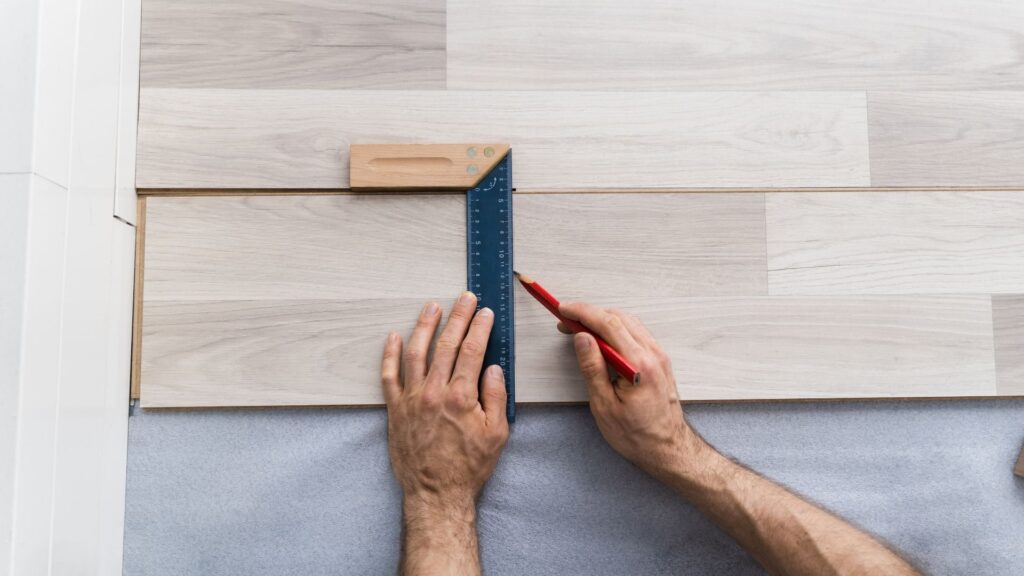
It might be difficult to choose which flooring materials will work best in each room of your house. There are several factors to consider when deciding between hardwood, tile, vinyl, or a traditional stone floor. That is up to the space itself, your family’s requirements, and your financial constraints. The more attractive, tough, and long-lasting a floor material is, the more it will cost. However, there are now less expensive options for use in the toilet, kitchen, living room, and elsewhere.